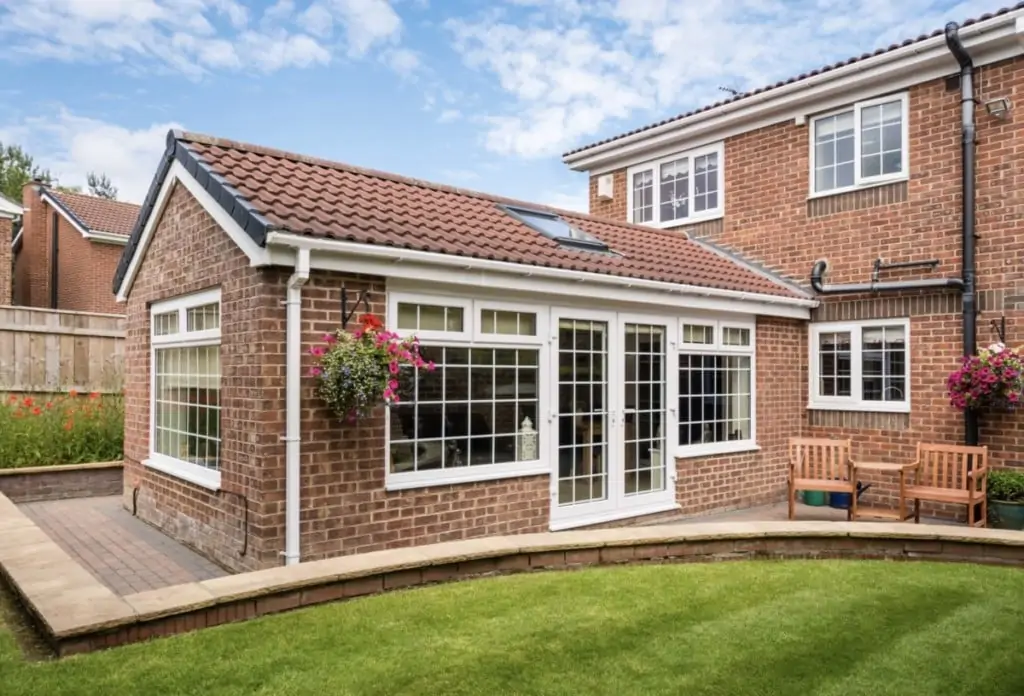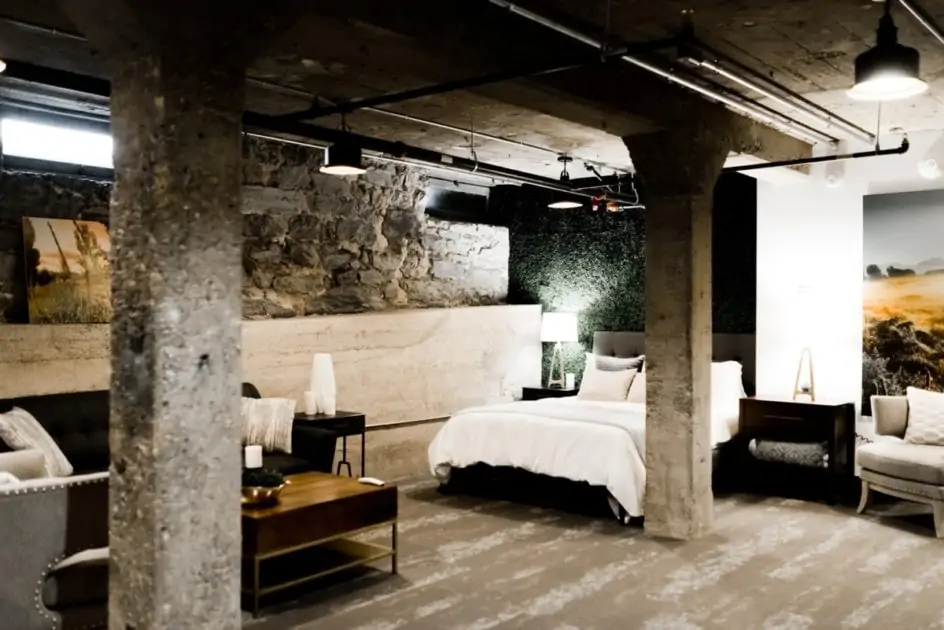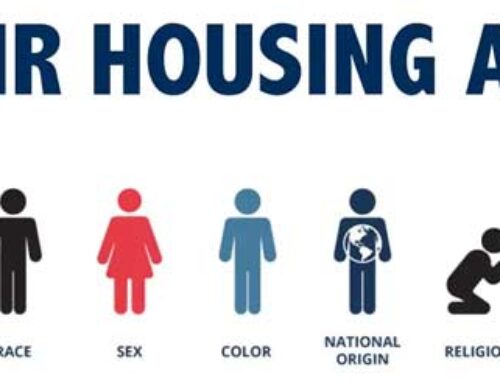Published on
August 23, 2021 by Mike Cahill
Updated on August 25th, 2021

What is a mother-in-law suite?
In its simplest form, a mother-in-law suite is a residence created within a home, an addition built onto a home, or a separate dwelling unit intended for the use of an in-law or relative. The suite can be either connected to or built on the same lot as a home that’s occupied by other family members. Often, the purpose of a mother-in-law suite is to make it possible for elderly family members to live near their adult children or family members, yet still, maintain their independence and privacy. This is very common in multi-generational households where children often live with their parents and grandparents in the same house.
The concept of a mother-in-law suite, or now more popularized as the “granny flat,” has been around for decades. It was most popular in post-WWII America until zoning laws were put in place that eventually shut down their construction. Today, the mother-in-law suite, whether it’s a portion of a house that has been remodeled to accommodate a relative, or a smaller, detached “granny flat,” is beginning to see a resurgence with homeowners.
What makes up a mother-in-law suite?
A typical mother-in-law suite consists of a sleeping quarter, living quarter, kitchen, and bathroom. Though it can be attached to the main house, the living quarters typically remain separate from the rest of the house and household, yet close enough so grandparents can help with grandchildren, and/or adult children can care for their parents.
Mother-in-law suites can be as simple as a single room that has a bed, couch, and place to eat, along with access to a bathroom, but ideally, it would have its own private bathroom.
They can also be located in a separate portion of the house, such as a basement with a separate door, garage, or attic that has been remodeled and suited to the residents’ needs.
Why are mother-in-law suites so popular?
Mother-in-law suites are becoming a more and more popular home trend among families today. According to USA Today, approximately 51 million Americans live in multigenerational households, a 10% increase since 2007.
One reason why they are so popular is that this living arrangement allows both generations to share in the financial responsibilities that come with homeownership. Mother-in-law suites can also provide an independent living situation for post-graduate adult children, which can help keep their debts low as they begin their careers and start saving for their own homes.
Another reason why in-law suites are so popular today is due to the need to downsize and the sharp rise in the cost of assisted living facilities for aging adults. Nationwide, the average monthly cost of assisted living in the United States is around $4,300. This amount can place a financial burden on both parents and children.
Yet a third reason there has been an increase in interest in an “in-law” suite is due to an increase in the number of people that can work from home on a permanent basis. According to Pew Research, about 54% of employed workers would like to work from home. That is nearly a 30% increase over the number of workers who had been working from home before the Coronavirus pandemic. Many of these workers prefer to have a designated area in which to conduct their business while keeping the family living area separate.
What are the common types of mother-in-law suites?
Interior mother-in-law suites are located within the house where the family resides. This could be in a basement that has been converted or in the main portion of the house such as a study or a den. Some homes have floor plans that comfortably accommodate bringing in extended family members. These homes have bedrooms at opposite ends of the house, and separate bathroom facilities for both generations. Though they still share a living room, dining area, and kitchen space.
If the basement has been transformed into an in-law suite, it will typically have its own kitchen, bedroom, bath, and living area. Often they have a walk-out basement that provides a separate entrance into the house.
An attached mother-in-law suite includes a separate living space built onto an existing home and is often attached to the side of the house or the back as an addition.
Detached mother-in-law suites are also called accessory dwelling units (AUD), granny flats, or secondary suites. These are typically smaller, separate homes that are constructed on the same lot that holds a single-family residential house. They vary in size, features, and styles to suit personal tastes and needs.
An attic or garage in-law suite is a suite where the garage or attic portion of the home is remodeled to accommodate in-laws or relatives. The remodel typically includes a bedroom, bathroom, kitchen, and living area. Sometimes an adequate attic space can be found over a stand-alone garage. This provides even more privacy than an attic located in the main house.

How much does a mother-in-law suite cost to build?
The cost to build a mother-in-law suite varies greatly depending on which type of mother-in-law suite best suits your situation, how big of a suite you plan to build, and the specific amenities you want to incorporate into the space. Let’s look at each option a little closer.
Interior mother-in-law suites: Like each of these options, you can spend quite a bit remodeling or finishing a basement into a mother-in-law suite. However, redoing a basement or portion of the main house into a separate suite for mom can be a less expensive option than building a detached mother-in-law residence from scratch. According to HGTV, it can cost less than $3,000 to more than $200,000 to convert a basement into extra usable space. Keep in mind when working in a basement, you could run into problematic issues such as water damage that would require costly remediation before you ever even get started on the actual addition.
Attached mother-in-law suites: Buildinganadu.com states that the cost to build a 500 square foot attached mother-in-law suite costs as little as $106,000 or up to $216,000 depending on the full scope of the project. Again, this can vary depending upon the size of the space, how elaborate it is, and whether you decide to do any of the work yourself.
Detached mother-in-law suites: According to Bob Vila, the cost to buy a new prefab detached granny pod can range from as little as $30,000 for a “bare-bones” structure, up to $125,000 on the high end. This includes the cost of delivery and placement on an already constructed concrete pad. Of course, the cost to build a detached structure can be much higher, should you decide to create a smart home for example.
Garage mother-in-law suites: Expect to spend $15,000- $20,000 to convert a garage or existing shed into a mother-in-law suite, according to Bob Vila.
As you can see, the cost to remodel, build, or buy space for a mother-in-law suite is dependent upon many individual factors. This makes it difficult to pinpoint an exact cost in any given situation. However, starting with space you already have such as a basement, attic, or garage, you could save some money overbuilding or buying a new stand-alone structure.
How do you build a mother-in-law suite?
Building a mother-in-law suite takes forethought and planning, as you might expect. Whether you are adding an addition to the main house, remodeling a garage or basement, or going all out and building a separate structure in the backyard, you will need to check codes and ordinances to determine what is, and isn’t allowed in your area. These zoning laws, occupancy codes, and even homeowner’s association covenants, conditions, and restrictions (CCRs) will dictate exactly what you can do.
Once you have verified that your project is permitted, you will need to decide how much, if any, sweat equity you will put into the project, or if you would rather pay to have someone else complete the whole project for you.
As you prepare to start building, think about the future use of the suite, especially if you are building a detached unit. You may want to rent the unit out and having separate electricity, water, and gas run to the ADU will enable you to keep utilities separate from the main house. This will also allow you to shut them completely off if the building were to be vacant for a period of time.
Keep your relative’s needs in mind when you are in the design stage as well. Will doors need to be built that can accommodate a walker or wheelchair? Do handrails need to be placed in the bathrooms? How about a zero-curb shower entrance? Thinking about the future can make a more seamless transition for your relatives down the road.
What else can mother-in-law suites be used for?
Sometime in the future, your mother-in-law suite may become vacant. If so, there are various options that you can do with that space, regardless of whether it’s attached to the main house, built into the basement, or is a completely separate structure.
In-law suites that are attached to the house can double as a backyard office, a long-term rental property (check your local codes), an Airbnb, a business endeavor such as a yoga studio or art studio, a home gym, nanny quarters, or even a commercial kitchen for a baking/cooking business. A vacant, detached in-law suite could also just be used as a she-shed or man cave, the possibilities are endless.

Do mother-in-law suites add value to my property?
Yes, mother-in-law suites can add value to your property but it’s difficult to say exactly how much. For example, there are several variations of in-law suites, as described above, and combined with varying finishes and amenities this will all impact the value of your home differently. Also, even though mother-in-law suites have been around since the 1940s, they have been difficult to track and even more difficult for appraisers and real estate professionals to place a valuation on because of a lack of suitable real estate comps. So even though mother-in-law suites are continuing to gain in popularity, not every neighborhood has a house with an in-law suite that can act as a suitable comparable sale when determining your home’s value.
However, you can also look to national averages to get a ballpark figure, such as a basement remodel can increase a home’s value by nearly $50k, whereas adding another master suite addition to your home can increase your home’s value by $80k on average. Nonetheless, the value your home gains from adding a mother-in-law suite will largely depend on your area and what type of addition you make to your home.
Ultimately you, either as the buyer of a multigenerational home or as the seller, will have to assess the value of having, or building an in-law suite. As a seller, you must realize your home won’t appeal to everyone, especially if you have converted one of two garage spaces into a mother-in-law suite when your neighborhood typically offers at least a two-car garage.
On the flip side, should you build out the back of your home to accommodate a relative, that extra living space may indeed increase the overall value of your home and appeal to homebuyers when you go to sell.
Lastly, there is also the personal value the extra space provides while you are the one using it, whether it’s for housing elderly relatives, guests who come for frequent visits, or a recent college graduate, there is a lot of value to be gained beyond money from adding a mother-in-law suite to your home.
Source- https://www.redfin.com/blog/what-is-a-mother-in-law-suite/






